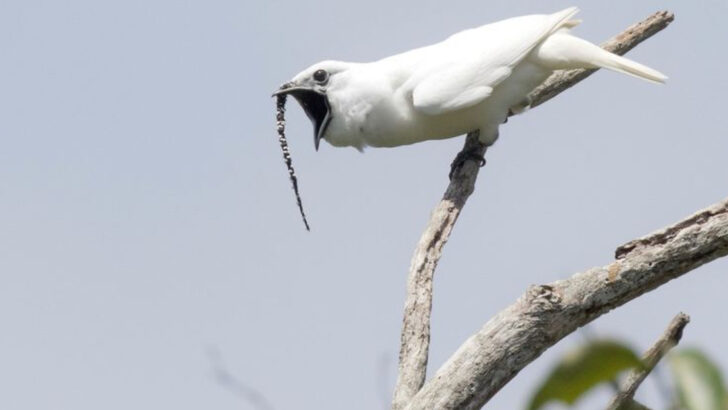They don’t just sing—they scream. Some birds are so loud, people have mistaken them for car alarms, sirens, and even screaming children in distress. From deep jungle bellows to high-pitched shrieks that echo for miles, these feathered megaphones were built to be heard—and they don’t hold back. Forget peaceful chirping—this list is packed with screamers, squawkers, and sonic shockwaves on wings. Whether it’s a cockatoo shattering morning silence or a loon wailing like a ghost over glassy water, these birds know how to command attention. Some of them are louder than power tools. Others are used as natural sound systems by filmmakers who want to add intensity to jungle scenes. You won’t believe the decibel levels some of these birds reach—or just how common they are in the wild. Let’s meet the noisiest avian offenders that could give your home security system a run for its money.
White Bellbird (Procnias albus)
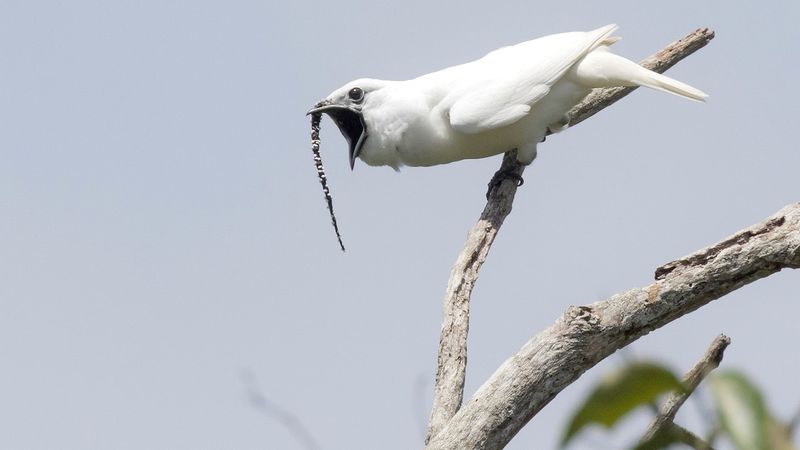
The White Bellbird holds the record for the loudest bird call, reaching an astounding 125 dB. Imagine a fire alarm going off in the middle of a serene forest – that’s the bellbird. Its piercing call is not only a marvel of nature but also a key part of its mating ritual, attracting females from great distances. Found in the Amazon rainforest, this bird’s remarkable vocal ability ensures it stands out in a cacophony of jungle sounds. Its pristine white plumage adds a touch of elegance to its mighty presence.
Screaming Piha (Lipaugus vociferans)
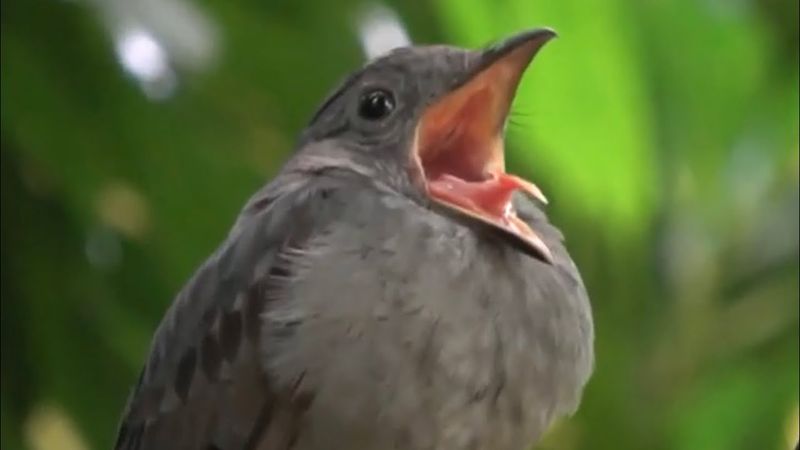
Known as the jungle’s alarm bell, the Screaming Piha’s call can reach up to 116 dB. This bird, often heard but rarely seen, fills the air with its powerful voice. Its monotonous yet captivating call echoes through the Amazon, creating a natural symphony that defines the tropical soundscape. The piha’s vocal prowess serves both as a territorial claim and a mating call, ensuring it remains a dominant presence in its habitat. Its grayish plumage may be understated, but its sound certainly is not.
Moluccan Cockatoo
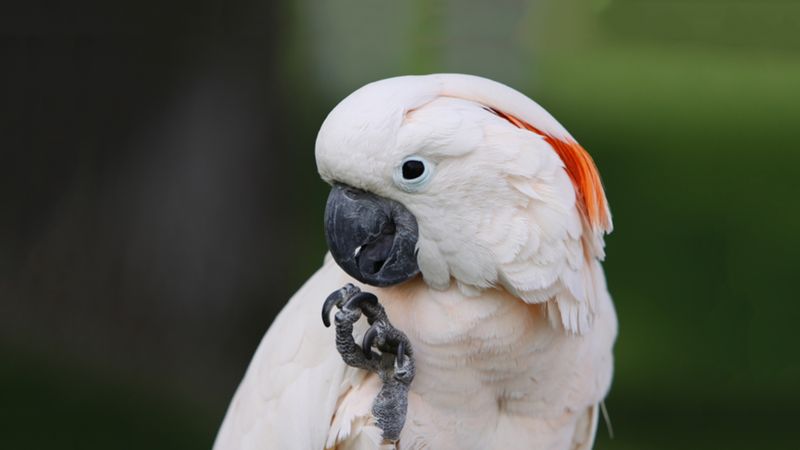
The Moluccan Cockatoo’s scream can reach between 120 and 135 dB, surpassing even the loudest rock concerts. This striking bird, native to Indonesia, is as visually stunning as it is vocally impressive. Its shrill cries can be heard across the tropical landscapes it inhabits, adding to its flamboyant character. Known for their expressive crests and engaging personalities, these cockatoos use their loud calls to communicate across vast distances. Their ability to mimic human speech only adds to their charm and notoriety.
Southern Cassowary

With deep, resonant booms reaching 115 dB, the Southern Cassowary’s call is felt as much as it is heard. Residing in the dense rainforests of Australia and New Guinea, this flightless bird uses its low-frequency sounds to communicate through thick vegetation. The cassowary is not only known for its sound but also for its vibrant blue skin and imposing presence. Its calls can be heard over long distances, serving to establish territory and attract mates. This prehistoric-looking bird remains a fascinating and formidable part of the rainforest ecosystem.
Greater Prairie Chicken
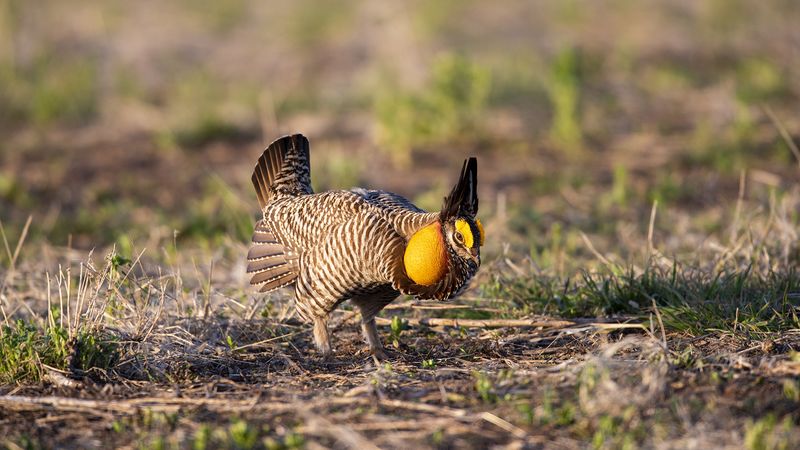
The Greater Prairie Chicken is famous for its booming lek calls that can reach 110 dB. During mating season, males gather in open prairies to display and call, inflating their colorful neck sacs as part of this ritual. These calls resonate across the grasslands, creating an auditory spectacle that is both unique and captivating. The prairie chicken’s lekking behavior is a critical part of its mating strategy, showcasing a blend of sound and display that few other birds can match. Their presence is essential to the prairie ecosystem.
Nanday Conure
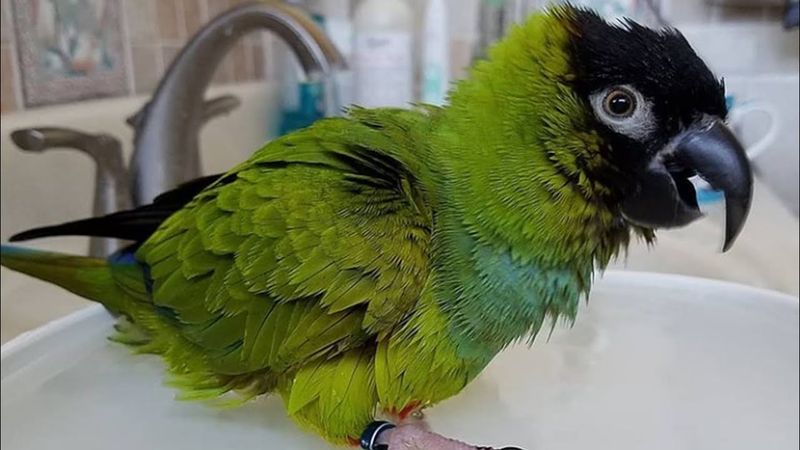
The Nanday Conure, with its loud squawks reaching 113 dB, is as lively as it is noisy. This parrot, native to parts of South America, is often compared to the roar of aircraft engines. Its vibrant green plumage and cheerful demeanor make it a favorite among bird enthusiasts, despite its ear-piercing calls. Social by nature, Nandays use their loud vocalizations to communicate with flock members and establish their territory. Known for their playful antics, these conures bring life and energy to their habitats.
Peacock
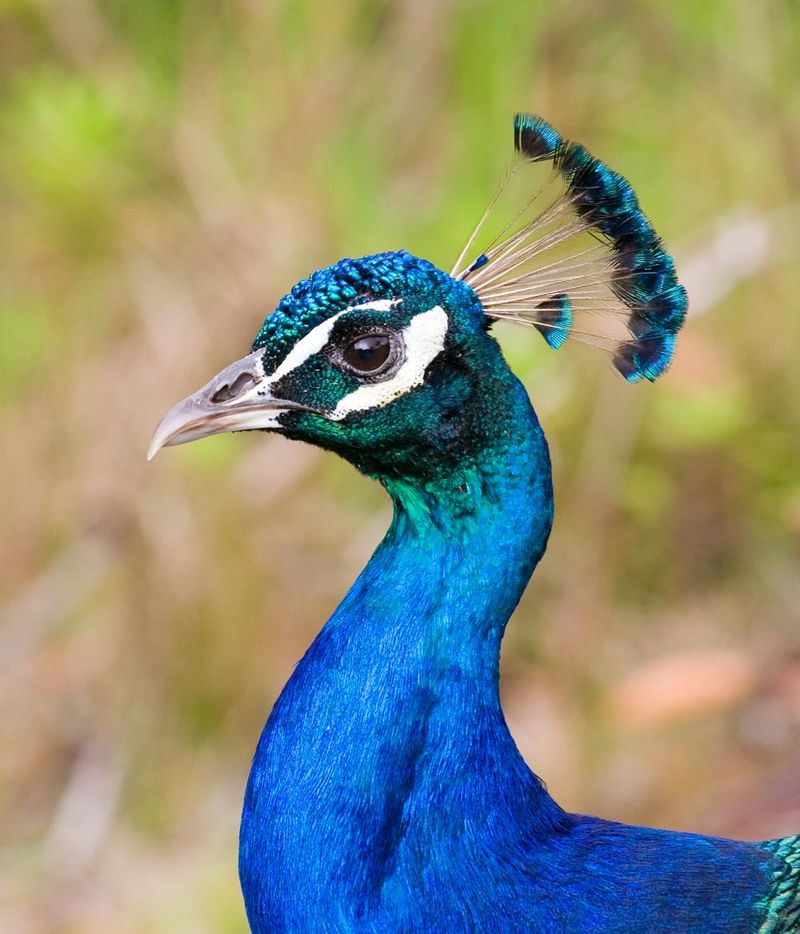
The peacock’s sharp cries, reaching between 110 and 115 dB, are as vibrant as its iridescent feathers. These calls are essential during the breeding season, drawing attention to the peacock’s magnificent tail display. Found across India and Southeast Asia, the peacock’s calls serve as both a mating call and a warning to intruders. Despite their beauty, these calls can be startlingly loud, earning them a place among nature’s alarm systems. The juxtaposition of their visual and auditory prowess makes them a standout in the avian world.
Common Loon
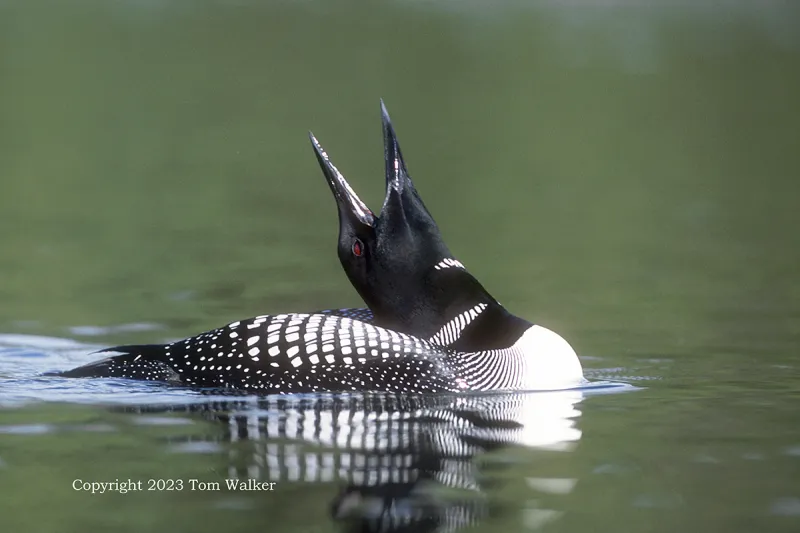
The haunting calls of the Common Loon can reach up to 120 dB, echoing eerily over the tranquil waters of northern lakes. These calls are deeply evocative, often associated with the wilderness of North America. Loons use their loud voices to maintain territories and communicate with mates, their calls carrying over great distances. The loon’s striking black-and-white plumage and distinctive red eyes add to its mystique. As symbols of pristine lake environments, their voices are as much a part of the landscape as the water they glide upon.
African Fish Eagle
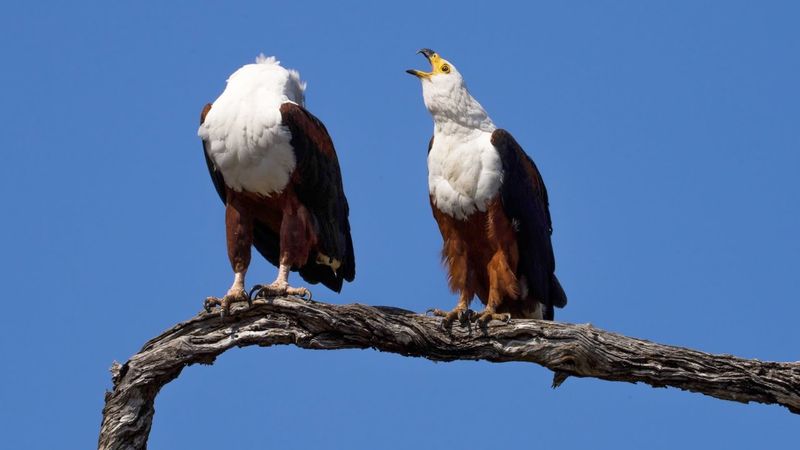
The piercing cries of the African Fish Eagle, reaching around 117 dB, can be heard across miles of African landscapes. Known as the voice of Africa, their calls are a familiar sound near bodies of water, where they hunt for fish. This raptor’s striking black, white, and chestnut plumage makes it as visually arresting as it is audibly commanding. Their calls serve to mark territory and communicate with mates, resonating across the savanna. As a symbol of wild Africa, the fish eagle’s call is both iconic and unforgettable.
American Bittern
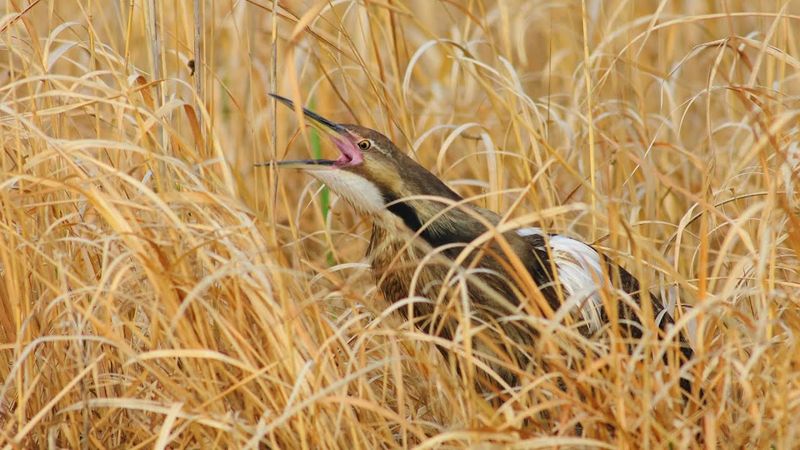
The American Bittern’s booming calls, nearing 112 dB, echo across marshes, making it a distinctive presence in wetland environments. Often camouflaged among the reeds, this bird is more often heard than seen. Its unique call resembles a water pump, lending a rhythmic soundtrack to the marsh. These calls are used during the breeding season to attract mates and establish territories. The bittern’s cryptic plumage allows it to blend seamlessly into its surroundings, adding to the intrigue of its mysterious, foghorn-like voice.
Eurasian Capercaillie
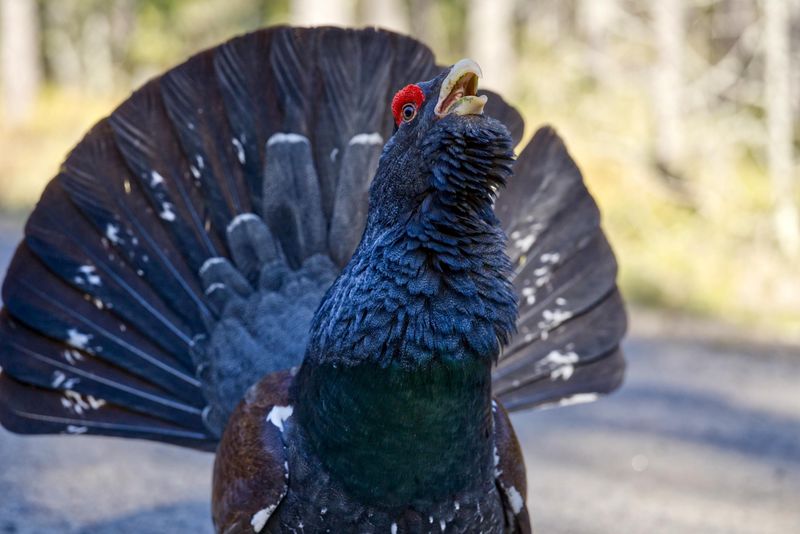
During the spring, the Eurasian Capercaillie’s lekking calls can hit 118 dB, resonating through the pine forests of Europe and Asia. Males gather to display and call, their deep voices creating an almost mythical ambiance in the forest. These calls are a vital part of their courtship ritual, attracting females and asserting dominance over rivals. With their impressive size and striking plumage, capercaillies are as bold in appearance as they are in sound. Their presence enriches the complex tapestry of woodland life.
White-throated Needletail
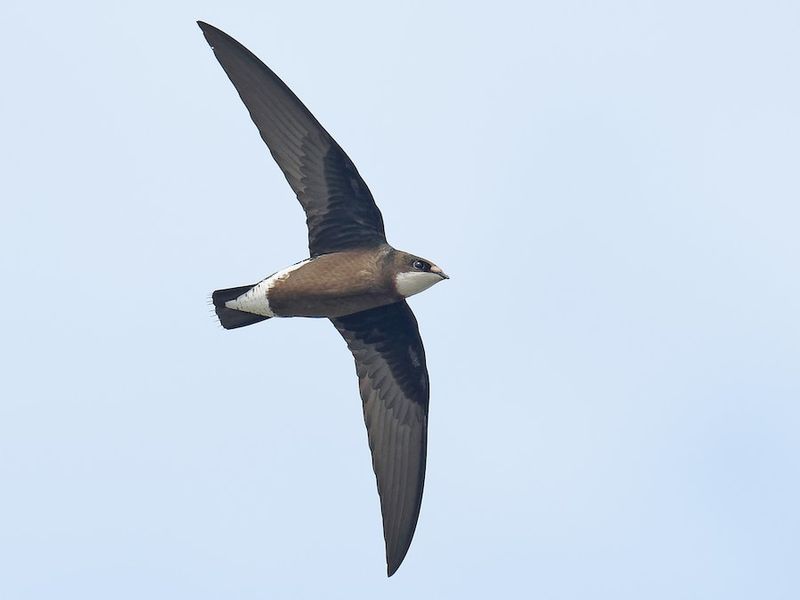
The White-throated Needletail is known for its speed and ultrasonic screams that reach around 125 dB. These swift flyers traverse vast distances, their calls cutting through the air as they hunt insects on the wing. Found in parts of Asia and Australia, their high-pitched vocalizations are an adaptation for communication during rapid flight. Despite their small size, needletails possess remarkable agility and stamina, making them a marvel of natural engineering. Their screams, though beyond human hearing, play a crucial role in their social interactions.
Blue Jay
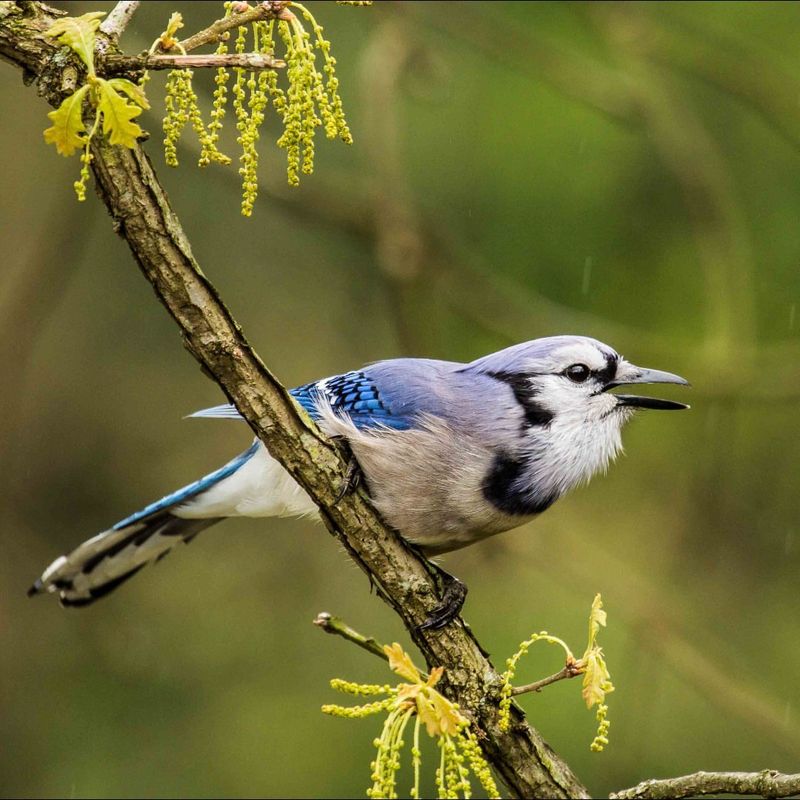
The Blue Jay’s sharp screams, reaching up to 100 dB, are a familiar sound in North American woodlands and gardens. Known for their intelligence and complex vocalizations, blue jays can mimic the calls of other birds and even mechanical sounds. Their vibrant blue plumage and assertive nature make them a recognizable and dynamic presence. These calls serve as both warnings of predators and announcements of territory. Their adaptability and vocal prowess ensure they remain a vibrant part of their ecosystem, both visually and aurally.
Bald Eagle

The high-pitched screeches of the Bald Eagle, ranging from 100 to 125 dB, are emblematic of the North American wilderness. These majestic raptors use their calls to communicate with mates and assert territory. Despite their fierce reputation, bald eagles are known for their intricate courtship rituals and nurturing nature. Their striking white head and tail feathers set against a dark brown body create a powerful visual impression. The eagle’s call resonates as a symbol of freedom and the wild, untamed landscapes they inhabit.
Large Macaws (e.g., Hyacinth Macaw)

Large Macaws, such as the Hyacinth Macaw, are known for their loud screams reaching 110 dB. These birds are not only the largest parrots but also among the most social and intelligent. Their calls echo through the tropical forests of South America, playing a crucial role in communication and social interaction. With striking blue plumage and powerful beaks, macaws are as imposing visually as they are vocally. Their loud calls serve to strengthen social bonds and maintain contact across the dense foliage of their habitat.
Cockatoo (wild varieties)
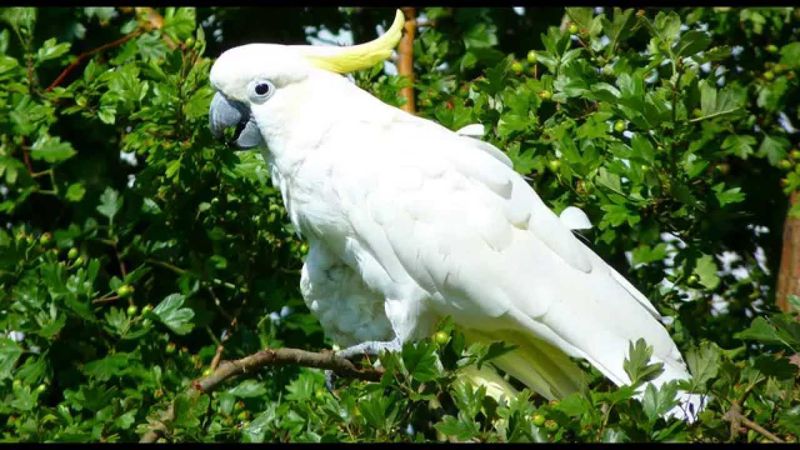
Wild cockatoos, with their screeches reaching between 120 and 130 dB, are among the loudest of birds. These social creatures use their powerful calls to communicate across long distances in the Australian bush. Known for their inquisitive nature and charismatic personalities, cockatoos form strong social bonds. Their vocalizations are not only about communication but also play a part in their highly social lifestyle. With their distinctive crests and expressive faces, cockatoos are both visually striking and audibly commanding in their natural habitat.
Eurasian Bittern
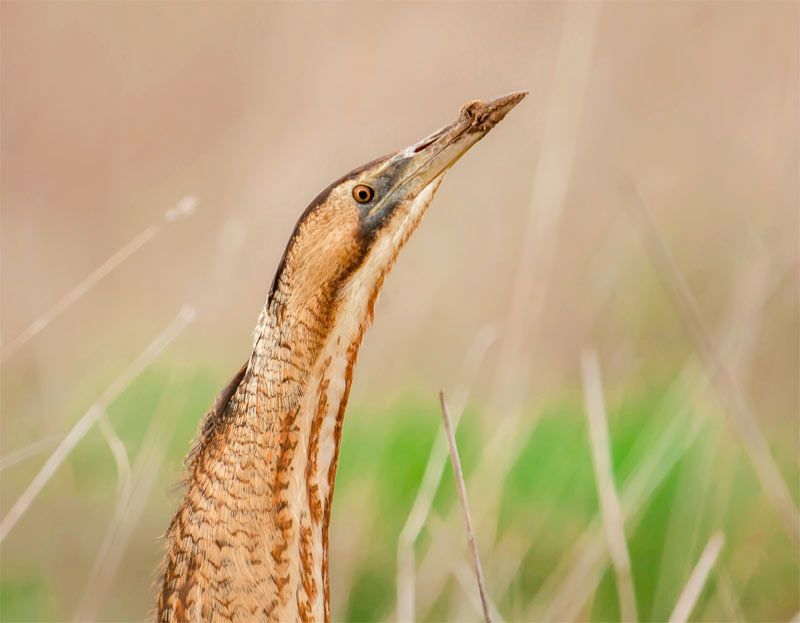
The Eurasian Bittern’s foghorn-like booms, near 100 dB, create an enigmatic soundtrack to the wetlands. These elusive birds are masters of camouflage, blending seamlessly into reed beds with their streaked plumage. Their booming calls are primarily used during the breeding season to attract mates and establish territory. The sound can carry across great distances, adding an atmospheric quality to their habitats. Despite their secretive nature, the bittern’s voice ensures it leaves an indelible mark on those fortunate enough to hear it.
Kākā (NZ parrot)
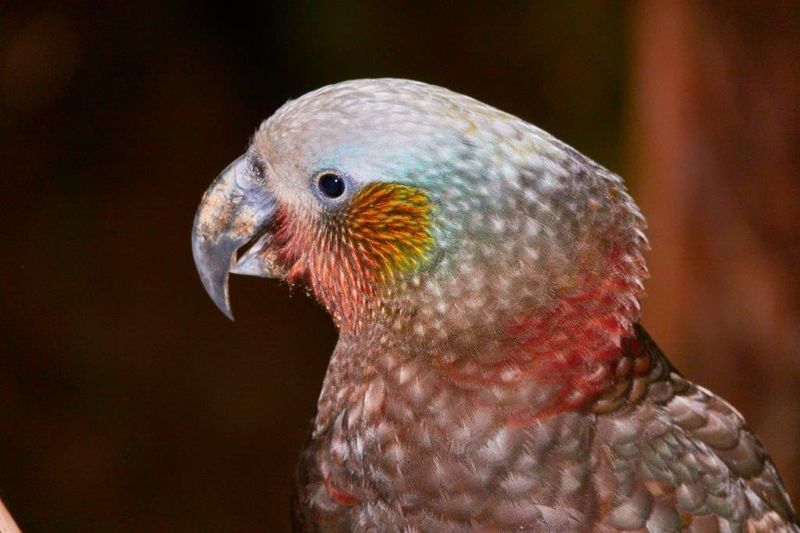
The Kākā, native to New Zealand, is known for its metallic, loud calls that resonate through forests. These parrots are highly social and use their varied vocal repertoire to communicate within flocks. Their calls can include mimicry and complex sounds, adding to their dynamic presence in the forest. With olive-brown plumage and a distinctive curved beak, the Kākā is as interesting visually as it is audibly. Their social nature and vocal abilities contribute to the vibrant soundscape of their native habitats.
Tūī (NZ songbird)
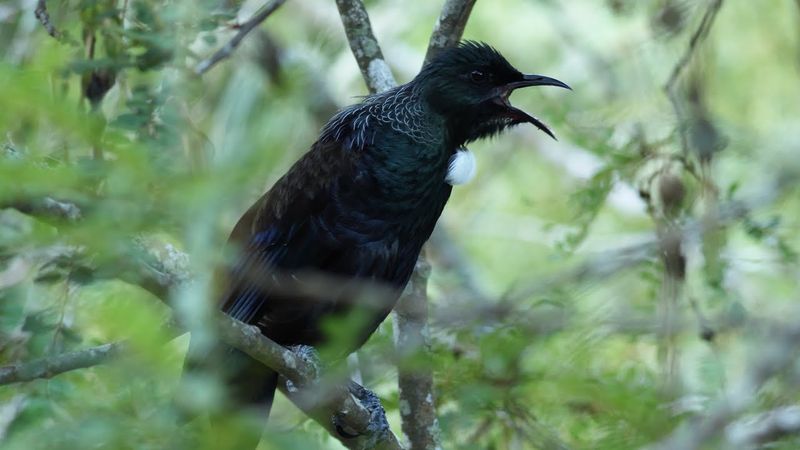
The Tūī, a native songbird of New Zealand, is renowned for its complex, loud calls and remarkable mimicry. Their vocalizations can include whistles, clicks, and even the mimicry of alarms, making them a unique auditory presence. Tūīs are bold and curious, often seen flitting through New Zealand’s native forests. Their iridescent plumage, with distinctive white throat tufts, adds to their charm. The Tūī’s voice contributes to the rich tapestry of sounds that define their environment, captivating listeners with their unpredictable and melodic calls.

